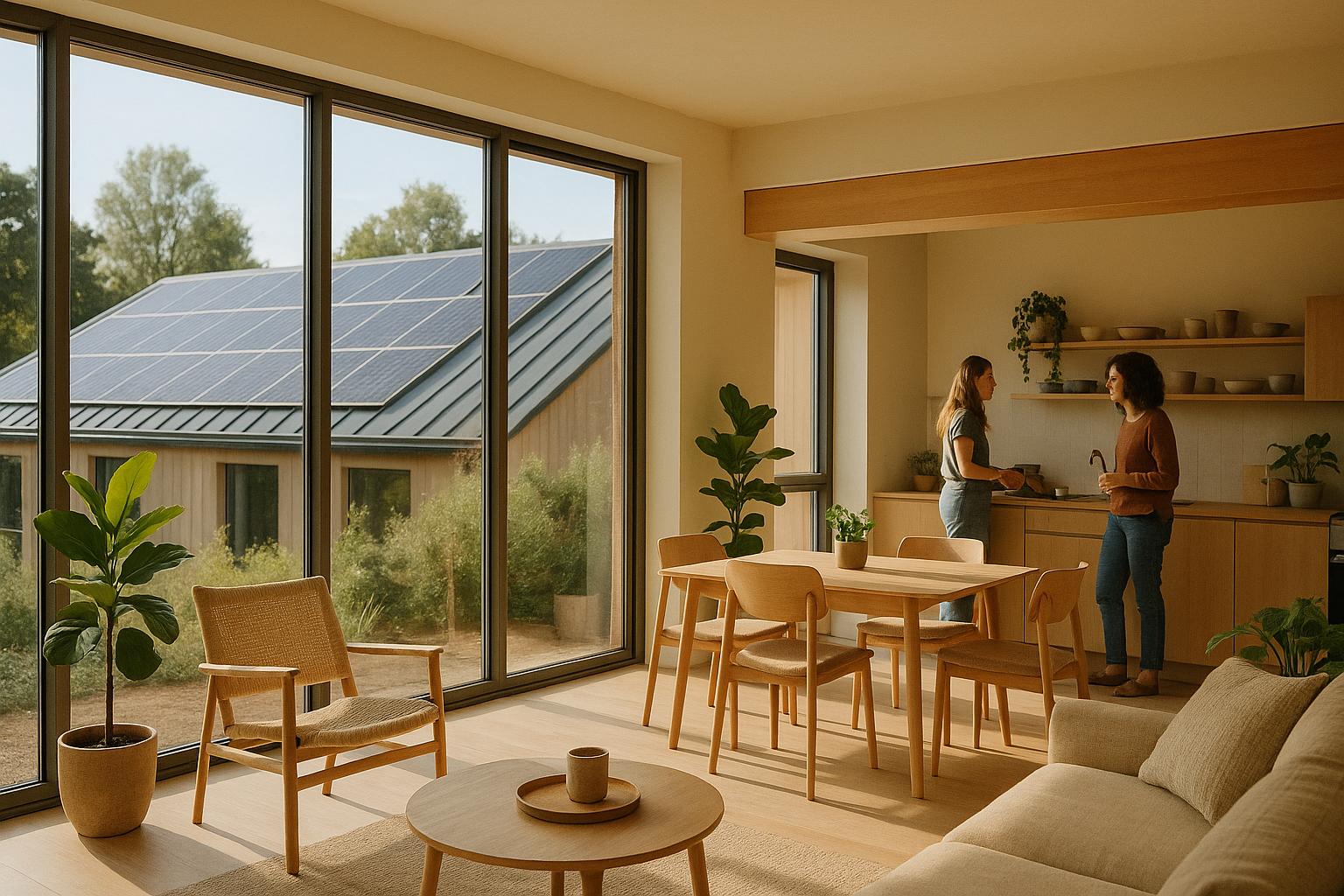The urban housing landscape is continuously evolving, with the conversion of student housing into coliving spaces marking a significant trend. This transformation caters to a broader demographic beyond students, including young professionals, digital nomads, and remote workers seeking flexible, community-oriented living solutions. As cities grow and change, repurposing student housing into coliving spaces offers a sustainable approach to urban development, addressing the challenges of housing affordability, social isolation, and the need for more adaptable living arrangements.
Leveraging Student Housing for Coliving Conversion
Student housing complexes are prime candidates for coliving conversions due to their existing design, which is focused on shared living and community. These properties often feature a mix of private bedrooms and communal living areas, kitchens, and study spaces, providing a solid foundation for creating coliving environments. Their locations, typically close to educational institutions and urban centers, make them attractive to individuals seeking vibrant, connected lifestyles. The conversion process can thus focus on upgrading amenities and reimagining communal spaces to enhance the appeal to a broader audience.
The Transformation Journey: From Student Housing to Dynamic Coliving Communities
Transforming student housing into coliving spaces involves a strategic redesign to cater to the needs and preferences of a diverse resident population. This includes modernizing living units and communal areas and integrating technology for intelligent living and community engagement. The goal is to create flexible, comfortable, and interactive environments that foster a sense of belonging and community among residents. Coliving spaces can accommodate different budgets, lifestyles, and privacy preferences by offering various living options, from private studios to shared apartments.
Addressing the Demand for Flexible, Affordable Urban Living
The shift towards coliving in former student housing addresses the growing demand for housing that is both flexible and affordable. Coliving spaces offer inclusive rent packages covering utilities, furniture, and access to shared amenities, simplifying the living experience and providing financial clarity. Flexible lease terms cater to the transient nature of today's urban residents, who may seek short-term living arrangements due to career changes, travel, or personal preferences. This flexibility, combined with the affordability of shared living, makes coliving an attractive option for many.
Creating Vibrant Urban Communities Through Coliving
One of the core benefits of converting student housing to coliving spaces is the opportunity to create vibrant, supportive communities. Coliving operators often organize social events, workshops, and networking opportunities, encouraging interaction and collaboration among residents. This community-focused approach can significantly reduce loneliness and isolation, promoting a sense of belonging and mutual support. Coliving spaces offer an instant community of like-minded people for individuals looking to expand to a new city and build their social network.
Sustainability and Shared Resources in Coliving Spaces
The conversion of student housing into coliving spaces also aligns with sustainability goals. Shared living arrangements encourage the efficient use of resources, reducing overall consumption and waste. Coliving spaces can promote sustainability by implementing green initiatives such as recycling programs, energy-efficient appliances, and sustainable transportation options. By fostering a culture of environmental responsibility, coliving communities can contribute to the broader efforts to create more sustainable urban environments.
Overcoming Challenges and Embracing the Future of Coliving
While converting student housing to coliving spaces presents numerous opportunities, it also faces challenges, including regulatory hurdles, zoning restrictions, and community concerns. Successful conversions require collaboration between developers, city planners, and local communities to ensure that coliving developments are integrated seamlessly into the urban fabric and contribute positively to the neighborhood. As these challenges are addressed, coliving spaces can become vital to the urban housing solution, offering flexible, affordable, and community-oriented living options.
Looking Ahead: The Role of Coliving in Urban Housing Solutions
As urban populations grow and housing needs evolve, converting student housing into coliving spaces represents a forward-thinking solution to several challenges. By providing flexible, affordable, and community-focused living arrangements, coliving can significantly address housing affordability, enhance social connectivity, and promote sustainability. As this trend gains momentum, coliving spaces are poised to become a cornerstone of urban living, offering a new chapter in how we think about housing and community in our cities.








